Seasonal rains are a critical component of Indian agriculture, but they often come with challenges that threaten crop productivity. Heavy and unseasonal rains can lead to waterlogging, soil erosion, pest outbreaks, and even complete crop damage. In 2024, states like Punjab, Maharashtra, and Karnataka reported crop losses of over ₹8,000 crore due to excessive rainfall, according to the Ministry of Agriculture & Farmers Welfare. These recurring weather disruptions underscore the need for effective crop protection methods during the monsoon.
Are there proven ways to protect crops during the rainy season? Yes!
These monsoon season farming techniques are especially relevant for Indian farmers looking for practical crop protection solutions powered by agritech innovations like agribazaar’s land intelligence platform – AgriBhumi.
1. Choose the right crops for the seasonal rains
One of the first steps in monsoon crop care is selecting the best crops to grow in rainy season in India. Kharif crops like paddy, maize, soybean, pulses, and cotton are naturally suited for high rainfall conditions.
- In Tamil Nadu, paddy remains a dominant crop, and understanding how to protect paddy crops in Tamil Nadu is vital for reducing water-related risks.
- Karnataka farmers can benefit from monsoon farming tips for Karnataka, like opting for ragi and groundnut, which are more resilient to inconsistent rainfall.
2. Raised bed farming: Elevating crop safety
Raised bed farming benefits include better water drainage and root aeration. Crops grown on raised beds are less prone to waterlogging, a common issue during heavy monsoon spells.
- Raised beds can reduce rain damage in agriculture by keeping roots above flooded soil.
- Ideal for vegetables and pulses in Maharashtra’s rainy season, this technique improves yield consistency.
3. Mulching techniques in seasonal rains
Mulching involves covering the soil with organic matter (like straw or leaves) or synthetic sheets. This helps retain moisture, regulate soil temperature, and prevent soil erosion caused by rain.
- Mulching is a rainproof farming method that also suppresses weed growth.
- In places like Punjab, where rain damage to crops is increasing, mulching has proven to protect sensitive crops like vegetables and oilseeds.
4. Rainwater management in farming
Excess rainfall can either be a curse or a boon, depending on how it’s managed. Smart rainwater management in farming includes:
- Building trenches in agriculture fields to divert excess water.
- Using farm ponds to store rainwater for later irrigation.
- Constructing bunds or ridges to prevent runoff and soil erosion.
5. Drip irrigation for the rainy season
Contrary to popular belief, drip irrigation in rainy season can still play a role in efficient water management:
- It helps regulate water supply during dry spells between rains.
- Reduces risk of fungal infections by minimizing leaf wetness.
Drip systems, supported by platforms like agribazaar, are increasingly being used in states like Maharashtra and Gujarat for precision irrigation.
6. Crop covers and rain shelters
Using crop cover for rain protection such as plastic sheets, nets, or low tunnels shields plants from direct rainfall and hail.
- Rain shelters for crops are particularly useful for nursery stages and high-value horticultural crops like capsicum, tomato, and flowers.
- In areas prone to extreme rainfall, like parts of Karnataka and West Bengal, these shelters reduce rain damage in agriculture significantly.
7. Adopt polyhouse farming in monsoon
Polyhouse farming in monsoon offers complete control over the growing environment:
- Rainwater is prevented from damaging crops.
- Pest and disease pressure is lower due to regulated humidity and ventilation.
While polyhouse setup may require investment, platforms like agribazaar assist farmers in accessing subsidies and technical advice for implementation.
8. Use weather-linked advisory tools
Digital tools like AgriBhumi by agribazaar offer location-specific weather alerts, crop health insights, and rainfall forecasts. These help in:
- Planning irrigation or drainage schedules.
- Applying the right crop protection inputs at the right time.
- Preventing crop damage due to heavy seasonal rain with early alerts.
These agritech solutions empower farmers to make data-driven decisions during volatile monsoons.
9. Crop insurance and government schemes
Enrol in schemes like PMFBY (Pradhan Mantri Fasal Bima Yojana) to mitigate financial risks. Additionally, some state-specific programs offer support:
- Maharashtra’s crop insurance has helped thousands cope with crop protection in Maharashtra rainy season.
- Regular updates on agribazaar help farmers stay aware of application deadlines and claims.
Conclusion
How to prevent crop damage due to heavy rain requires a blend of traditional knowledge, modern techniques, and agritech tools. With seasonal rain impact on crops growing each year due to climate change, every farmer needs to adopt tips to protect crops in monsoon proactively.
At agribazaar, we support farmers with end-to-end solutions — from crop selection and land intelligence through AgriBhumi to weather alerts, input buying, and market linkage. By combining traditional wisdom with modern technology, we believe Indian farmers can build rain-resilient farms for the future.

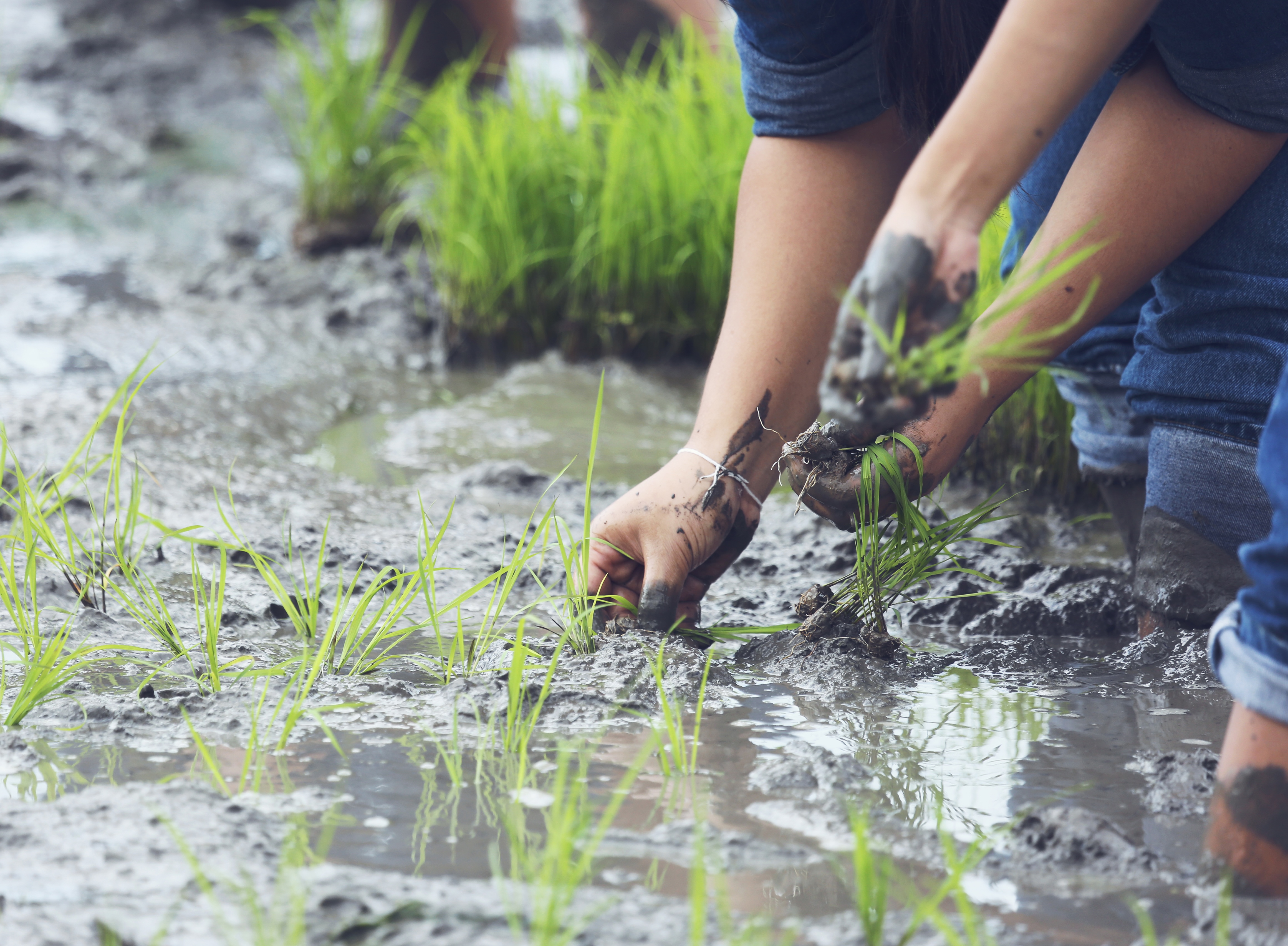
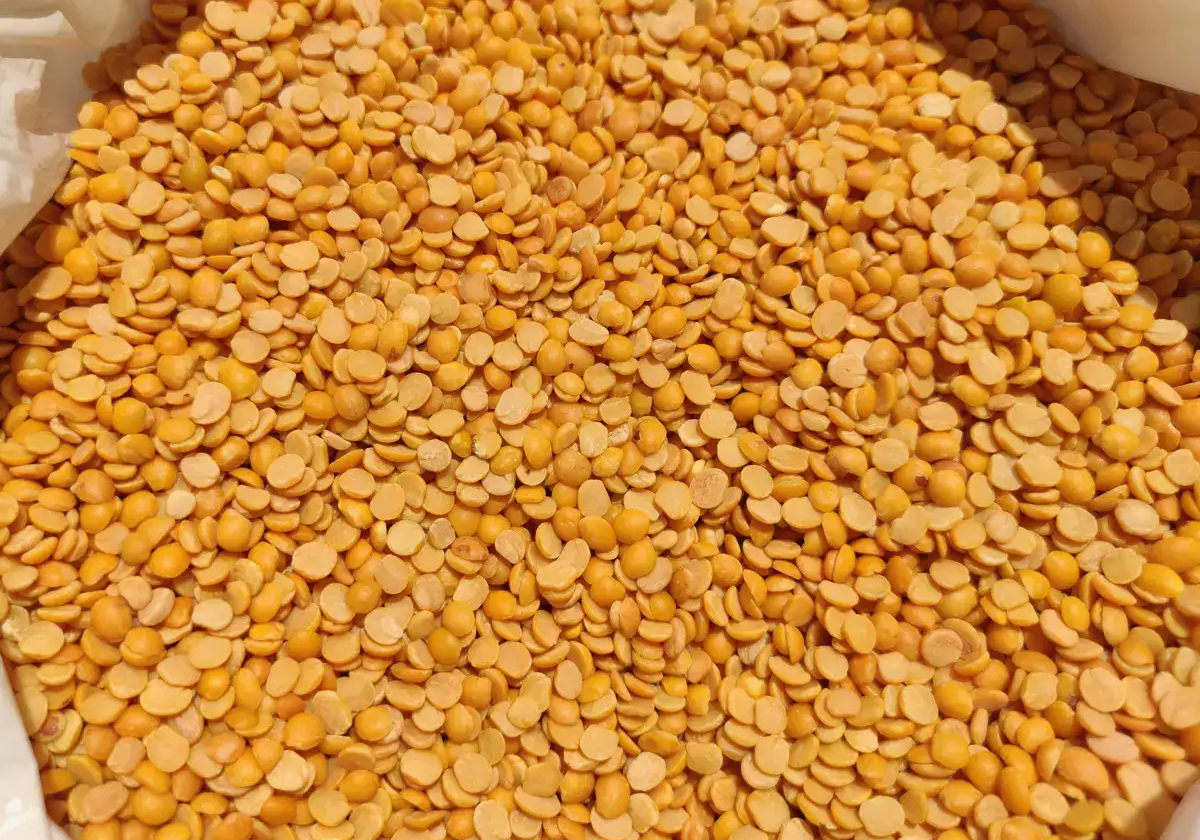

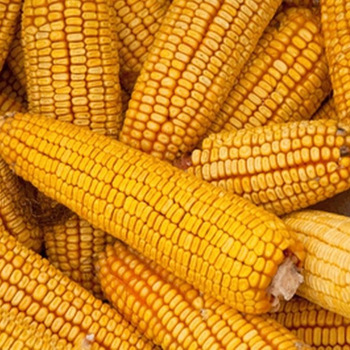
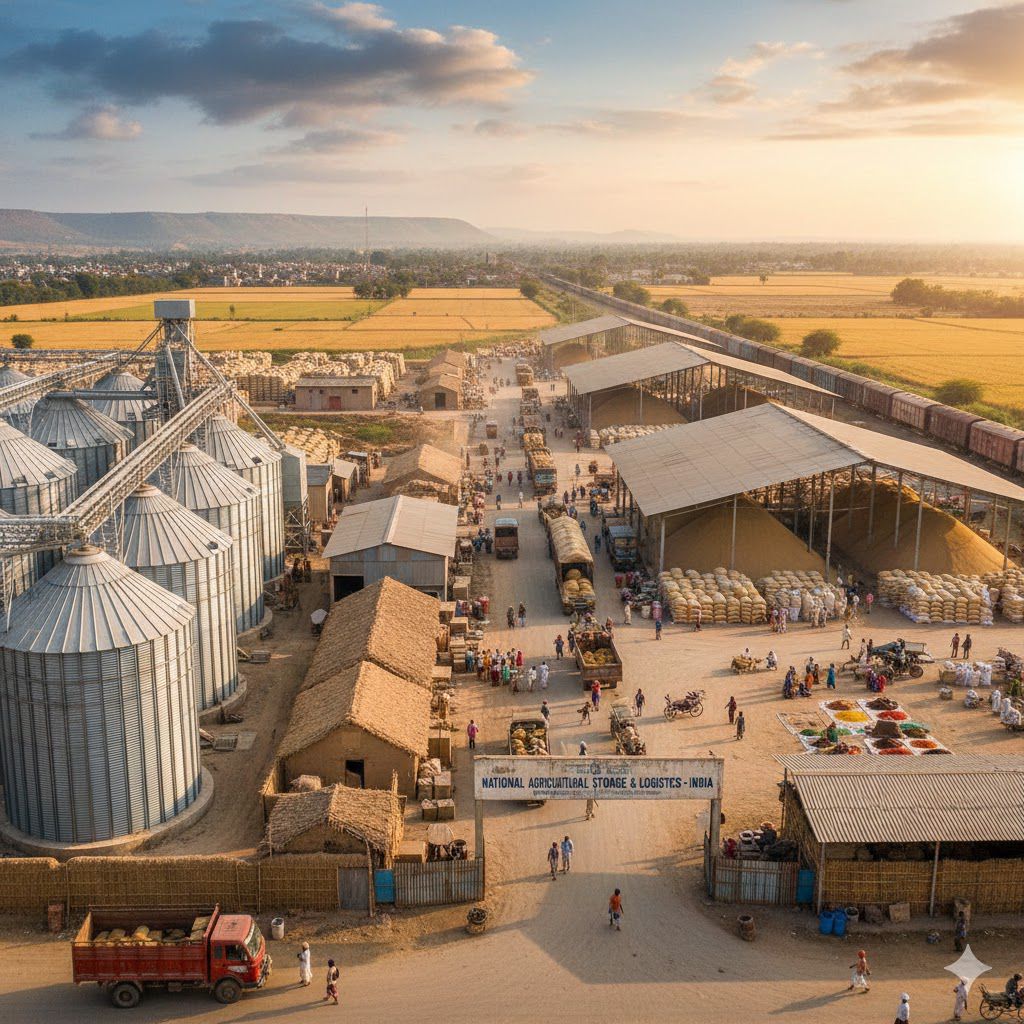
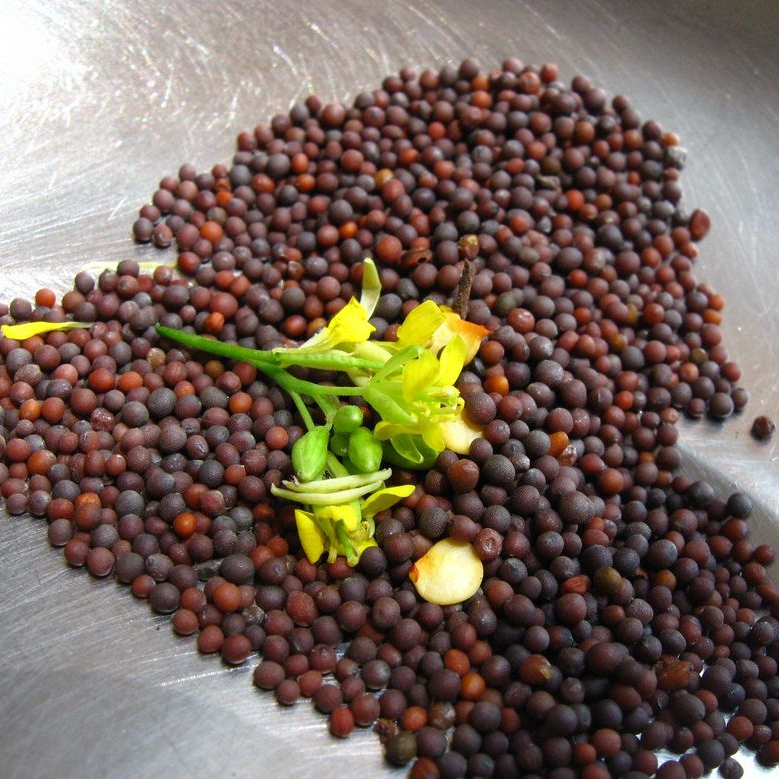

 Connect With Us
Connect With Us